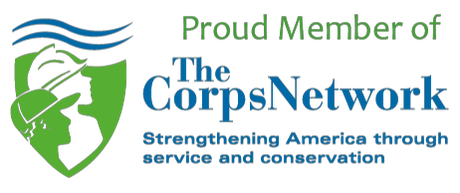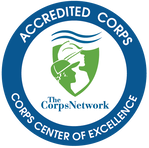|
A great big THANK YOU to Danny Foley who gave a field science lecture at Northpoint Expeditionary Learning Academy in Prescott earlier this week. This lecture marks the first of many planned in G.E.M. Environmental's Field Experience program, which will run at several local colleges and high schools in the area. About Danny Danny has a B.S. and M.S. in Geological Sciences from ASU. In his undergraduate experience he worked in planetary geology research as a NASA Space Grant Intern and was a member of the Mars Exploration Rovers science team. His masters Thesis work focused on the Geology of the Transanarctic Mountains in Antarctica. Danny is currently a graduate student in Applied Geospatial Sciences at NAU and a USGS student contractor working in geography. His research interests include utilizing Geographic Information Systems, geospatial technology, and remote sensing to solve problems in Earth science and sustainability. Prior to the USGS he worked as a Research Analyst in mission operations for the NASA Lunar Reconnaissance Orbiter Camera at ASU and was an Earth and Space Science Instructor at Mesa Community College and Grand Canyon University. Danny is currently working on a manuscript on crop water productivity aimed to help better understand modeling and mapping of global croplands for food and water security. About The Lecture For his lecture at Northpoint Expeditionary Learning Academy, Danny spoke about how to better understand Crop Water Productivity (CWP) at various cropland sites across the globe utilizing Geographic Information Systems and Remote Sensing along with statically analysis and computer programming to integrate a wide range of geospatial data. Results will impact agricultural and environmental sustainability by producing more crop per drop. We're excited to kick off the Field Experience program and look forward to sharing more details in spring 2019!
We were thrilled to help Ms. Van Kirk's classroom at Lake Valley Elementary School with LapDesks for students to utilize while completing their work. Check out some of their thank you notes we received! To learn more about how G.E.M. Environmental is helping in the community, check out our Philanthropy page here.
Students participating in internship programs report a 53% direct job placement rate, while 90% of students participating in applied learning projects report working within their respective fields of study; however, many underserved students do not have the resources available to broaden their knowledge base outside of the classroom. We are working to help low-income, minority, first generation, and female science students to develop relationships with industry professionals, while providing unique opportunities for integrated learning and community engagement. Our scope of work has recently expanded into a partnership with Yavapai College and Prescott College.
Starting in spring 2019, a field experience program will be offered to select science classes at Yavapai College and Prescott College. The field experience will consist of environmental stewardship training in Arizona and New Mexico, where students will work side-by-side with professional scientists, including Federal and State agencies. Their work will range from GIS and data processing applications, GPS positioning, surveying, to maintenance checks to ensure safe access to public lands for wildlife and recreational visitors. In addition, a range of guest scientists will present their research, findings, and field work insights to these classrooms. Through this field experience, a wide range of STEM students from all backgrounds will be exposed to specialized field training, thereby increasing their chances of transitioning into industry careers. For more information, click here. Our 4th quarter scholarships recipients are in!
A great big congratulations to:
G.E.M. Environmental is pleased to assist these students in funding their STEM educational pursuits. To learn more about our STEM scholarships, or apply for the next round, please visit: gemenvironmental.org/scholarship We're excited to share another Scholarship Success Spotlight! In case you haven't read these yet, we will be regularly sharing stories from our talented scholarship recipients and how they are using their funds in the STEM fields. Our December spotlight is on Aditya Khuller, 3rd quarter 2018 scholarship recipient from Arizona State University. He is Anglo-Indian, and grew up near Delhi, India. Ever since he was four years old, space has fascinated him. He's always known that he wanted to focus on this area of study, which led him to pursue an undergraduate degree in Aerospace Engineering (Astronautics). Here's Aditya's story: Why I Value STEM Education In my very first week at Arizona State University (ASU), I got the chance to meet one of the most inspiring people I have ever met. As I listened to famed NASA/ASU scientist/Regents’ professor Dr. Phil Christensen talk about his fascinating work in planetary science, I knew that I wanted to be like him- at the forefront of planetary science through NASA missions and research. My Current Work and Passion When I asked him (Dr. Christensen) what I would need to do to work for him, he said, “Keep bugging me, and get good grades.” So that’s what I did. After getting As in my classes, and months of pestering him, Dr. Christensen agreed to take me on as an undergraduate researcher at the Mars Space Flight Facility at ASU. He told me he had proposed a theory on Martian gully formation a few years ago and challenged me to prove him wrong. I applied for and won the Barrett Honors Research Funding Grant to build on (starting the summer of 2016, as a rising sophomore) his theory, by considering various trigger mechanisms (CO2-related processes, etc.) in light of recent gully activity. This work has helped me learn a lot about geomorphology as well as modeling geophysical processes using thermal and radiative finitedifference schemes. The past two summers I’ve had a lifelong dream come true—to work at NASA/JPL. I have been fortunate enough to learn from another incredible scientist, Dr. Laura Kerber at JPL. In the summer of 2017, I furthered my knowledge of fluvial, aeolian geomorphology by studying the enigmatic Medusae Fossae Formation on Mars under her tutelage. This work led us to present our work at the American Geophysical Union’s Fall Meeting (my first ‘real’ conference ever!) in 2017 as well as the Lunar & Planetary Science Conference in 2018. I also modeled winds in the Antarctic (as an analogue for Mars) in a FORTRAN climate model as my secondary project. At the end of the summer in 2017, I was invited to return the next year, and this past summer, I worked on three diverse projects. I studied the presence of enigmatic polygonal ridge networks on Arabia Terra, Nili Fossae and Nilosyrtis, Mars and compared them to terrestrial analogues formed by hydrothermal circulation to formulate a mechanism for their formation, with potential implications for the Mars 2020 rover landing site selection. I also assisted with the development of the science traceability matrix for Dr. Kerber’s NASA Discovery mission concept: Moon Diver and continued to work on the Antarctic wind modeling project from the previous summer. The Significance of my Work I find studying the formation of gullies on Mars intriguing because they potentially represent the presence of liquid water very close to the surface in geologically recent times; thus providing relatively ideal locations for potential microbial life to survive. Even though gullies were discovered from orbit two decades ago, there is still no consensus on how they form! Some favor a model where they form by melting snow whereas others prefer a dry, CO2-based origin. I loved studying the Medusae Fossae Formation because it is a very unique place on Mars where humans might be able to live in the future. It is close to the equator (so the temperatures are not too cold), full of volcanic ash deposits that can be used in construction with large, wind-eroded ridges (called yardangs) where we could build homes. Trying to understand the formation of strange, large networks of ridges has been intriguing; our work suggests that they were likely formed by the flow of ancient groundwater on Mars. The greatest concentration of ridges seems to be around one of the Mars 2020 landing sites (the final site will be chosen soon!), which make them especially interesting, since one of the goals of the Mars 2020 rover is to study hydrothermally-altered rocks that might be present in these regions. I find planetary science and geology intriguing, because every problem is like trying to piece together the pieces in a puzzle. Often, one must learn an entirely new skill or branch of physics/chemistry to see how all the pieces fit together, and by studying processes, terrains and atmospheres across the solar system we can start to see the bigger picture. All my projects excite me for different reasons. The verisimilitude of everything I have been fortunate enough to experience thus far is still sometimes hard for me to believe. What This Scholarship Means To Me and How I Plan To Use the Funds I am incredibly honored to be a recipient of the G.E.M. scholarship, and I plan on using the funds towards applying to graduate schools (I am applying for a PhD in Planetary Science/Geology) and taking the GRE. Since my single mother had to support me all these years, this scholarship has meant a lot to both of us. Through my current and future research, I hope to one day build on the work of the many scientists who ponder worlds’ pasts through geology, to understand the present and prepare for humankind’s future. Some More Info About Me and My Work Apart from my work in planetary science, I have worked on a host of different engineering projects at ASU. I lead a talented team of 20 undergraduate and graduate students working on developing a small spacecraft electric propulsion attitude control system, in collaboration with a team at JPL. I gave a talk on this work at the American Institute of Aeronautics and Astronautics Joint Propulsion Conference this summer. I have also worked on the Power and Mission Operations subsystems on the NASA-funded CubeSat mission, Phoenix, being developed at ASU. My educational and practical experience with engineering provides me with the tools required to work on planetary science instrumentation. I enjoy participating in a variety of extra-curriculars, ranging from playing soccer (I enjoy making intramural teams with my friends from around the world), guitar (I am the lead guitarist of a progressive rock band) and chess, to reading, practicing French, and dog sitting (I am a trained service dog trainer). I believe that the journey is the reward; I am the sum of everything I have experienced and learnt, and I am excited to move forward into the next chapter of my life after an incredible undergraduate experience at ASU. ~~~ Wow! Great job on all of your accomplishments, Aditya! Your friends at G.E.M. Environmental are happy to read about your many successes and wish you the best of luck. Are you a STEM major? Consider applying for one of our scholarships! Our next scholarship deadline is February 15, 2019. Visit our Scholarship page to learn more about eligibility and apply online. Engineers are people within the realm of STEM who turn new discoveries and scientific knowledge into items with practical use. With the help of mathematical formulas and data, they find solutions to many of the world's problems. Most engineers are creative, mathematical and analytical and the best possess great interpersonal and leadership skills. Engineers typically garner salaries above the national average and many top the six figure mark at the peak of their careers. Like most STEM degrees, the first two years of engineering coursework is relatively general in scope but becomes highly specialized in the third academic year. If you are a future engineer, it is extremely important to be clear on your preferred area of focus before your junior year in college. Internships are a great way to get your feet wet in the real world of engineering. Through internship experience, you'll have the opportunity to make sure your projected course of study matches up with your career goals. You'll also make professional connections and pave your career path with work experience to develop a stellar resume.
The Working Realm of Engineering All engineers are problem solvers and many supervise engineering technologists, technicians and/or others involved with the project(s) at hand. Most roles involve extensive use of computer simulation during the product design phase. Depending on the type of engineering, your working environment can range from a remote outdoor location to an office building, with some positions requiring extensive travel. Although there are sub categories within each area of specialization, the following engineering branches are recognized within the Federal Government's Standard Occupational Classification (SOC) system:
Engineers Specialize Early in Their Degree Programs Most engineers are able to obtain gainful employment with a comfortable salary after attaining a bachelor's degree. While many appreciate the ability to enter the workforce after four years of study, engineering coursework is said to be challenging at the undergraduate level and specialization begins sooner than other courses of study. As a result, it is absolutely critical to know which branch of engineering is most appealing to you by the beginning of your junior year as an undergraduate. Mechanical, industrial and civil engineering degrees are more versatile than other engineering degrees, yet nothing beats working as an intern to really narrow down your preferred area of focus. Start looking for your first internship during your freshman year to reap the most benefit from these resume enhancing positions; you're sure to make professional connections that may even lead to an offer for full time employment! Some internships, including those offered through G.E.M. Environmental, provide living stipends and/or salaries. G.E.M. Environmental supports STEM students through the provision of scholarships, paid internships and field experiences. We utilize our blog to share suggestions to help you attain the career of your dreams. If you're a STEM student, consider applying for our upcoming scholarship. We'll be reviewing the next batch of applications in March of 2019. Don't forget to scroll down to the bottom of our website and sign up for our newsletter (under "Follow Us") to stay up to date about our upcoming programs and opportunities! In next month's blog entry, we'll wrap up our overview of STEM fields by highlighting careers in mathematics. Mathematicians put the "M" in STEM! References https://typesofengineeringdegrees.org/highest-paid-engineering-jobs/ https://www.topuniversities.com/courses/engineering/which-type-engineering-should-you-study https://studentscholarships.org/salary/679/engineers.php#sthash.rM212TCr.dpbs G.E.M. Environmental is excited to share another new addition to our monthly blog series - Science Stories. Each month, we interview a STEM scholar, student, or community member and ask them things like why they believe the STEM fields are important, how they got started in their field, to what they would do if they hit the jackpot. We hope that our new blog series will inspire, introduce a variety of fields, and create new conversations. Our guest this month is Sarah Vincent, Director of Outdoor Education at Chapel Rock's Aspen Creek Outdoor School, a residential "Science Camp" where school groups participate in safe, fun, and educational activities in a camp setting. Sarah has a B.S. in Earth Science from George Mason University and is currently an M.Ed. student at Prescott College. She has been working in the science and outdoor education fields since 2009. Why do you believe that the STEM fields are important? At the core of science is the inquiry process; a process that I believe is foundational to innovation, democracy, self-esteem, and knowledge. The skills of asking questions about how things work, making observations and researching, forming hypotheses rather than opinions, designing and performing experiments, drawing conclusions and communicating them...these are all skills worth practicing, in any order, at any time. Then repeat. STEM fields are one avenue to use these skills as a means of contributing to society. How and why did you get involved in the STEM fields? I thought a scientist was a tall man in lab coat, that was born a genius, working independently, in a shiny laboratory. I didn't know that building "gnat catchers" in the backyard was engineering, counting rings on snail shells was math, and messing with ant colonies was science. When I saw polar bears at the zoo, and learned about scientists like Jane Goodall, my image of science changed, and so did my interests. How I got involved in STEM was by working hard (I was not born a genius…or tall for that matter), openness to opportunities, collaboration with others, and serendipity. Why I got involved includes a desire to turn the images of “scientist” and “science” on their heads, so as to create a more inviting and inclusive field for all. O and I love it! What is another aspect of your life or career that is influenced or enriched by the STEM fields? When I go hiking, camping and/or backpacking, I find that my science background adds another level of enjoyment for me. One example is hiking up and seeing the biomes change. Noting for example, the last yucca, or saguaro, as you ascend. What inspires you in your current position? I am fortunate enough to experience something inspiring every single day at work; watching a group build a cube out of PVC pipe faster and faster, seeing a student’s face when they learn a snake is not slimy by touching one for the first time, hearing students bargain over who gets to take home the rodent bones after owl pellet dissection…etc. However, most transformative for me, is hearing teachers express surprise when certain students come up to Science Camp and thrive, while back in the classroom they are challenged, or act out, or are disengaged. This inspires me because it means we’re connecting with students that might otherwise be slipping through the cracks of a traditional math or science classroom. Have you ever participated in an internship? I was an undergraduate intern at the Environmental Studies on the Piedmont in Warrenton, VA. I monitored bluebird boxes for a couple of semesters. In this time, I was also an intern with the Northern Virginia Soil and Water Conservation District. Both internships changed my life. I met mentors, and inspiring people in the field that had invaluable information about what a STEM job is and how to get there. What work experiences have been the most educational for you, and why? The most educational work experiences have been the ones outside my comfort zone, right on the border of panic. “Camp life” and “outdoor education life” require a more holistic approach to work, than with other jobs I’ve had. There is no “off the clock” and there is little predictability in how a day might turn out. We work long hours, one minute cleaning up vomit, and the next searching for the tree an autumn leaf came from. Full immersion in science and science education is where I learn the most. What project(s) are you currently working on?
One ongoing project is keeping our curriculum up-to-date with the public schools, relevant, adaptable to the outdoors, and fun. This means we’re always working on it. Another area of growth that we’re researching, is incorporation of service learning and citizen/community science into science curriculum, as a way to deepen connections and promote life-long learning. Lastly, we work primarily with schools from the greater Phoenix area. Currently, we are working on partnering with local Prescott schools, and the Prescott community at large, in a greater capacity. What is something that people might be surprised to learn about you? Since moving out west, I have spent over 350 nights out in the high desert under the stars. In this time, I have developed an interest (not expertise) in the cultural landscape of the desert and how it interfaces with the natural landscape. The centers and crossroads of people in the four corners region, today and thousands of years ago, have much to teach us about ecology, geology, and beyond. What is the funniest thing that has happened to you recently? Listening and watching my co-worker describe watching a cottontail do its “morning” stretches. What is the worst job that you had, and what would you tell your past self now? Every job has its ups and downs, and I am grateful for all of it. I cannot name one worst job. However, one of my worst days on the job involved stepping in human feces while wearing “opened” shoes, as a result of lack of Leave No Trace. If I could talk to myself that day I would say; “Keep on keepin’ on…this too shall pass…all in a day’s work…if it wasn’t work, we’d call it play.” You won $10 million in the lotto. What would you do? I would buy a camp to be used for outdoor science education, complete with a state-of-the-art field lab, and pump the rest of the money into reducing, or eliminating costs for low-income school districts. I’d also buy two pack rafts and fly my brothers out to Arizona to adventure for a couple of weeks. What’s your favorite book of all-time? Honestly, the Dark Tower series by Steven King. On a more intellectual/spiritual side, The Alchemist by Paulo Coelho. I like stories about journeys. ~~~ Thanks for sharing, Sarah! We enjoyed learning more about Chapel Rock and your fun projects. In case you missed last month's post with Lisa Sahady, click here. Check back next month for more Science Stories. Want to be featured? Contact us. G.E.M. Environmental is pleased to announce our latest sponsors!
JA Creative Co. is our first Bronze Sponsor. Dancing Skeleton Foods and Snyder Consulting, Inc. are our new Silver Sponsors. These gracious sponsors allow us to provide hands-on educational programs to underserved students and we greatly value their sponsorship. To learn more about our sponsorship and matching partner opportunities, please click here. Thanks for coming out to see us last night at the Yavapai College Cash for College event in Prescott. We were happy to share info about our STEM scholarships.
In case you missed it, there's still a chance to see us tonight at the Verde Valley Campus in the Community Room – Building M., 1st Floor from 5-6:30. Looking forward to seeing you there! |
Categories
All
Archives
June 2024
|
G.E.M. Environmental NFP
Geology - Engineering - Minerals - Environmental - Not for Profit
Geology - Engineering - Minerals - Environmental - Not for Profit
Community Partners
|
Programs
|
Get Involved
|
About
|
Follow Us
|
Sponsors & Donors
|
© COPYRIGHT 2017 - 2023. ALL RIGHTS RESERVED. G.E.M. Environmental NFP
GEM Environmental, GEM4STEM, GEM Corps, and Charity Rocks are all Registered Trademarks of G.E.M. Environmental NFP.
Any and all use of Trademarks or Copyrights must be authorized.
GEM Environmental, GEM4STEM, GEM Corps, and Charity Rocks are all Registered Trademarks of G.E.M. Environmental NFP.
Any and all use of Trademarks or Copyrights must be authorized.
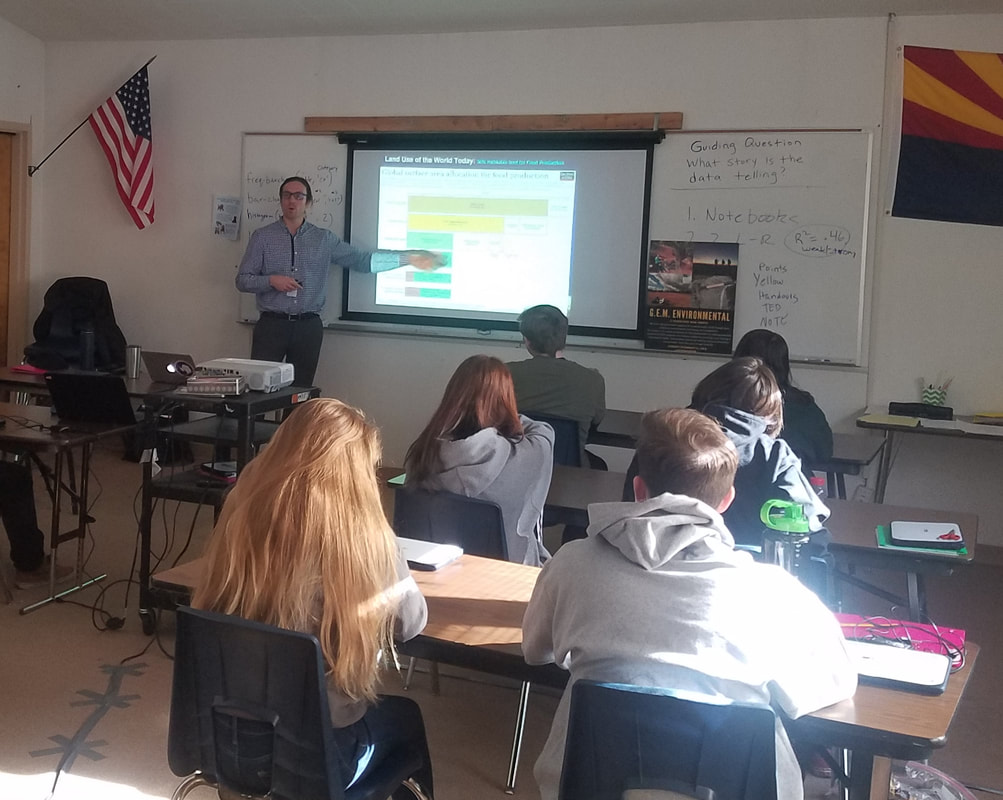
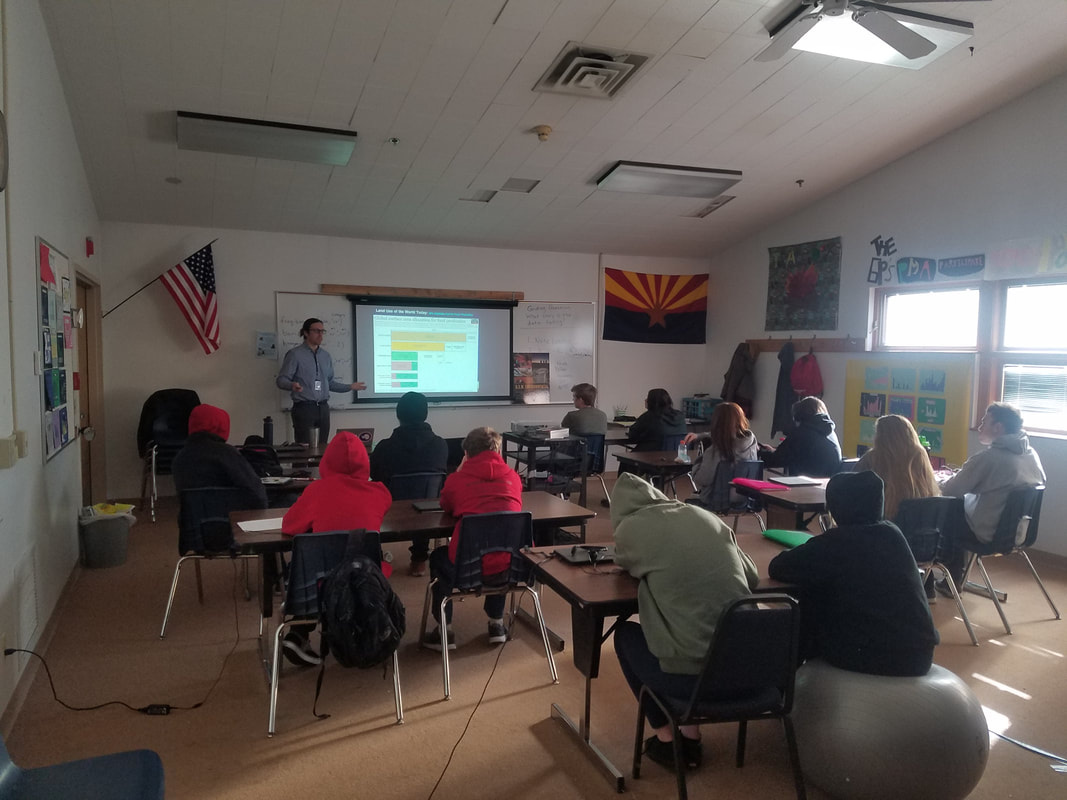
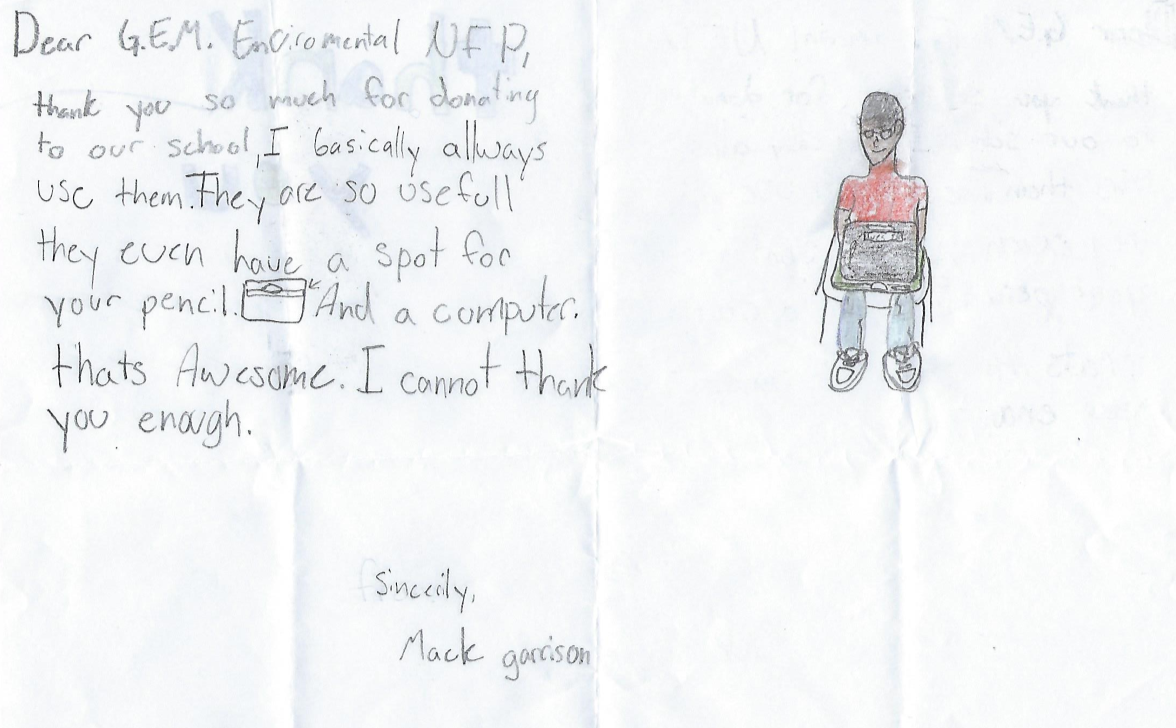

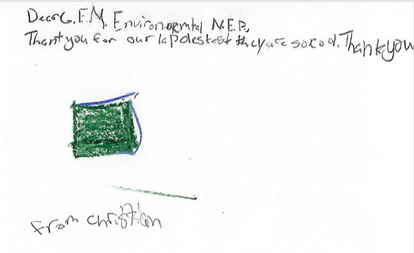
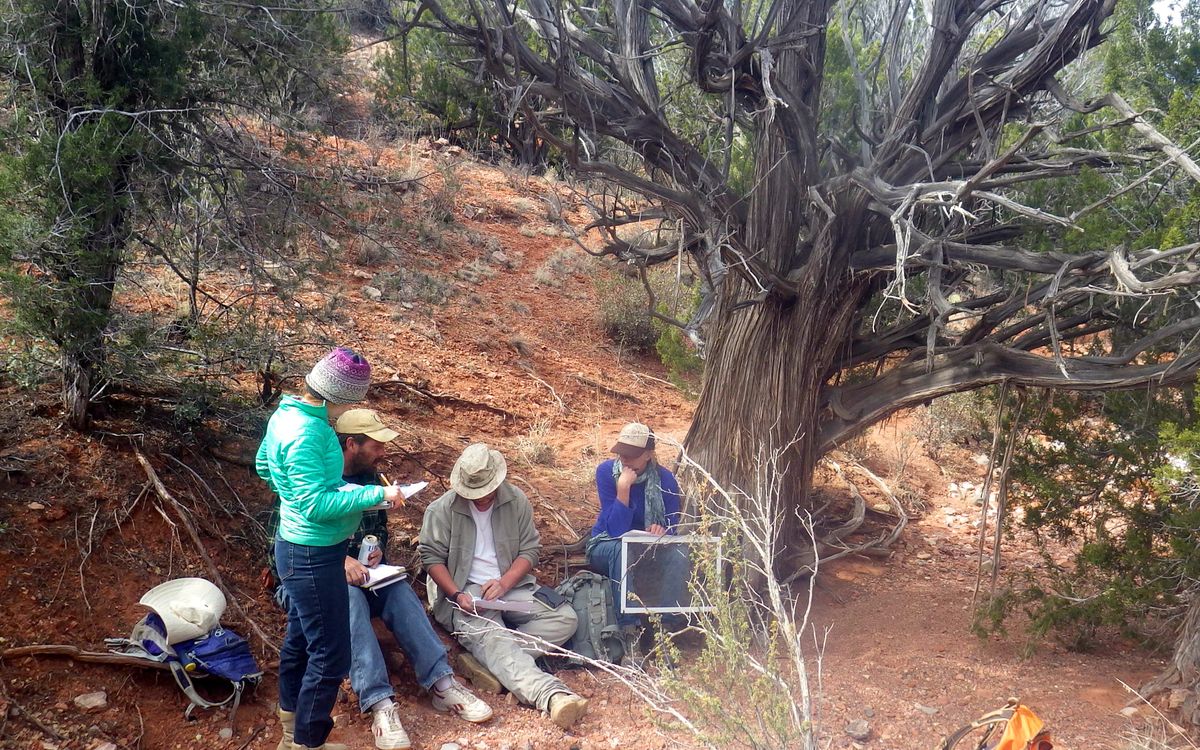

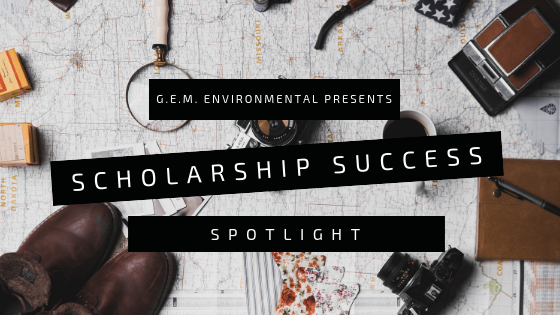
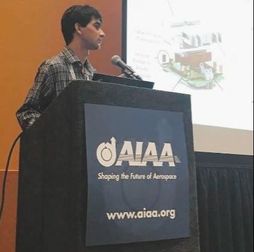
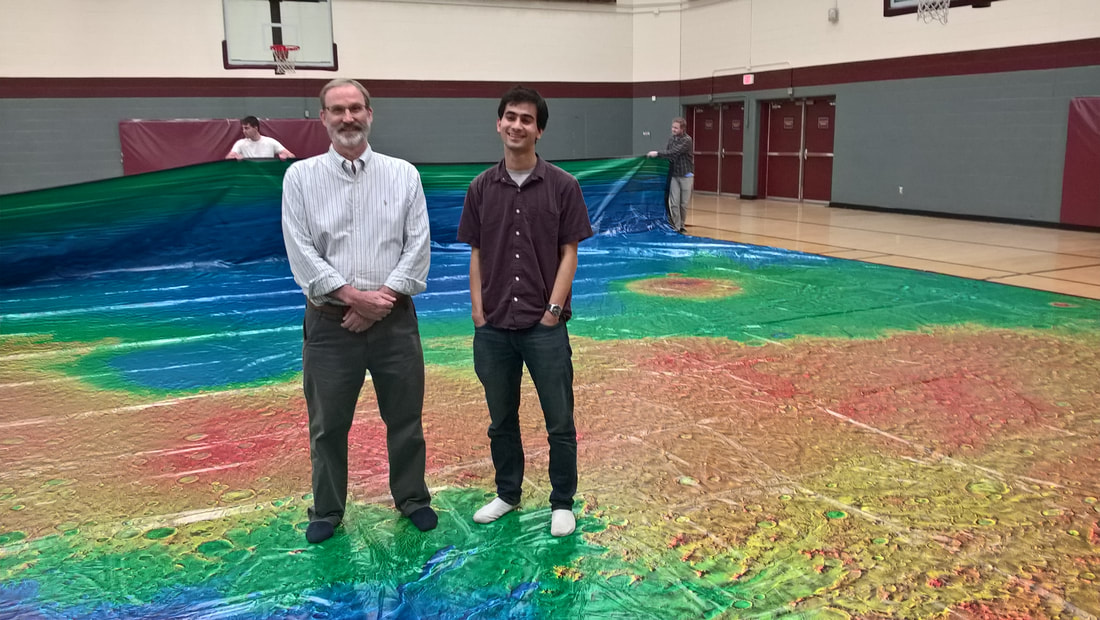
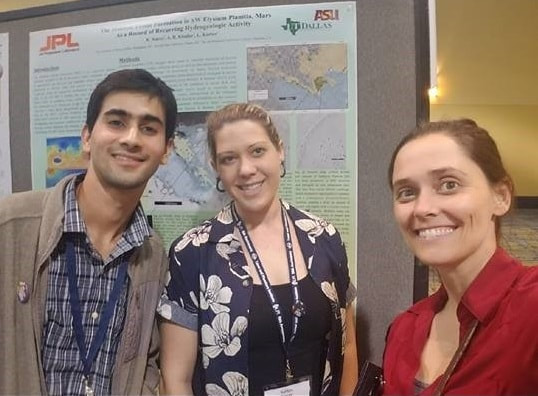
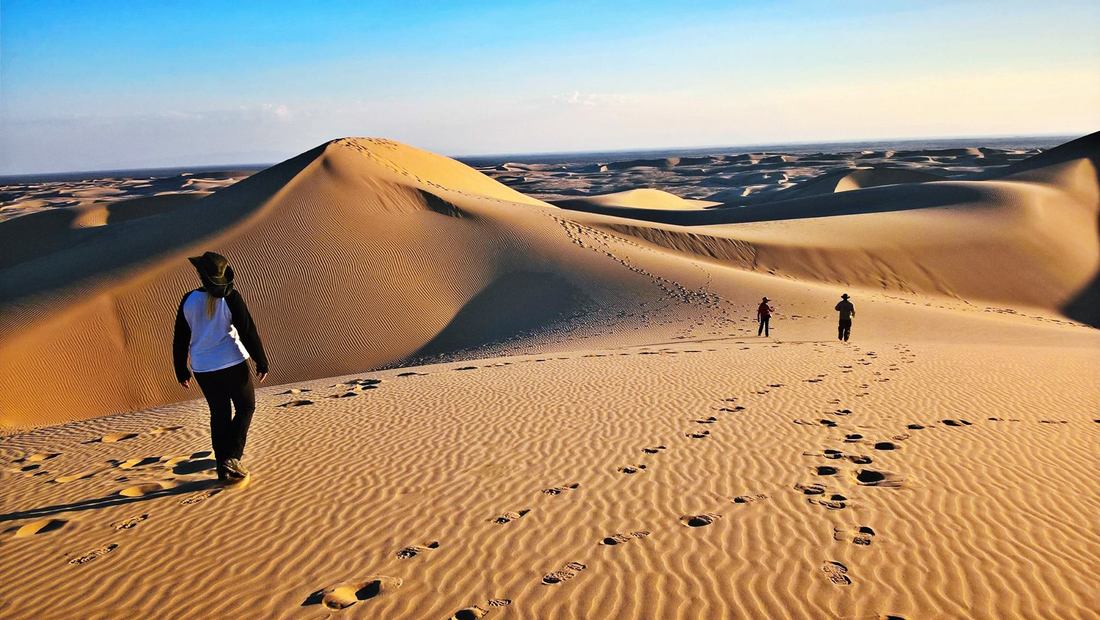
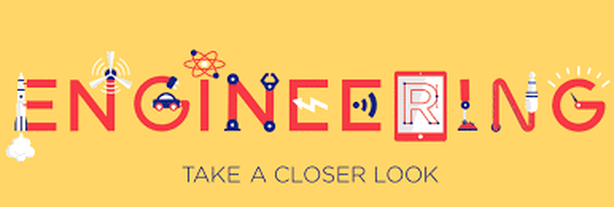
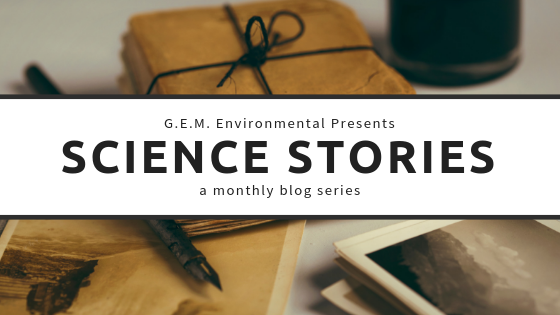
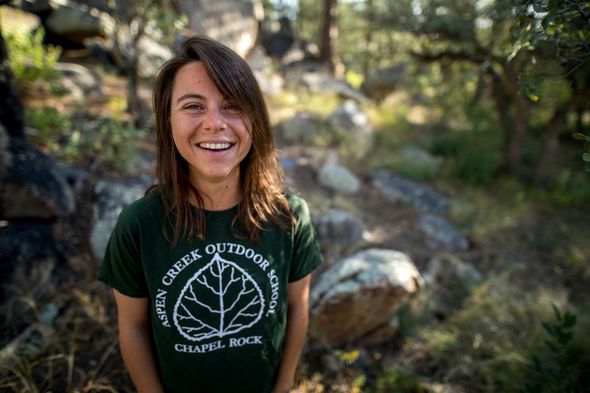
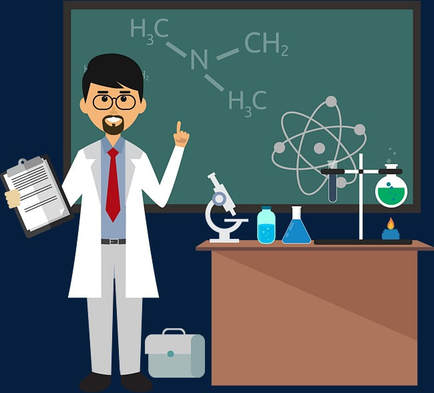


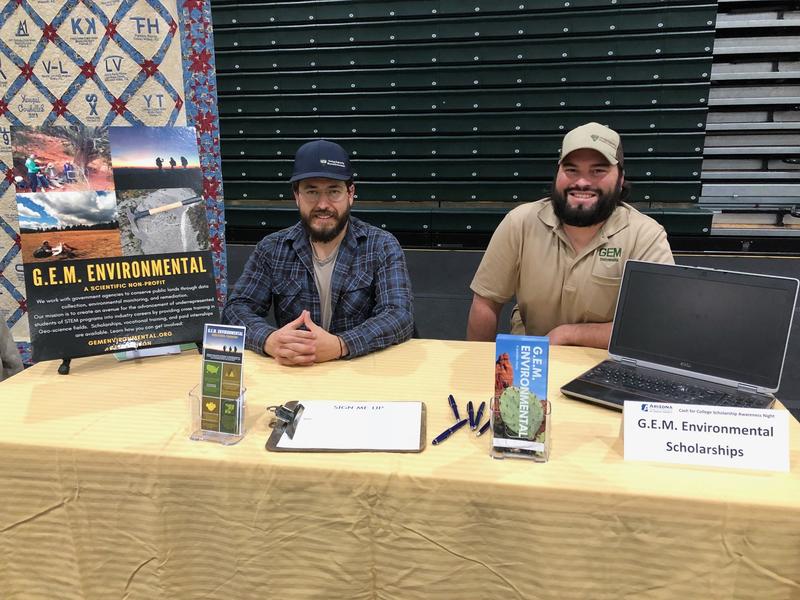
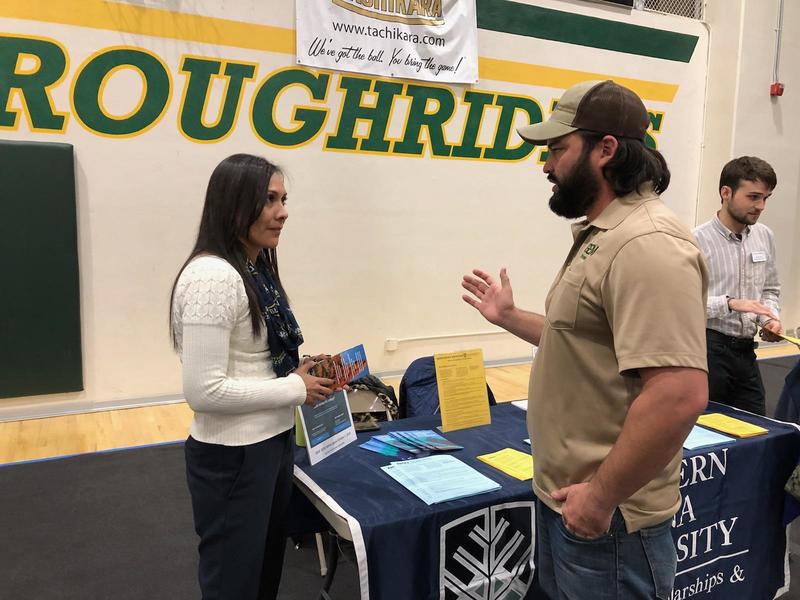
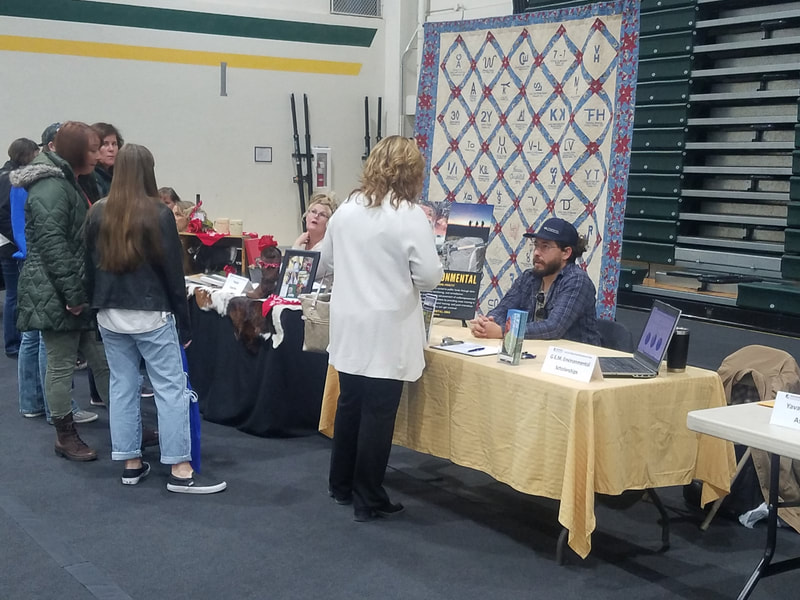
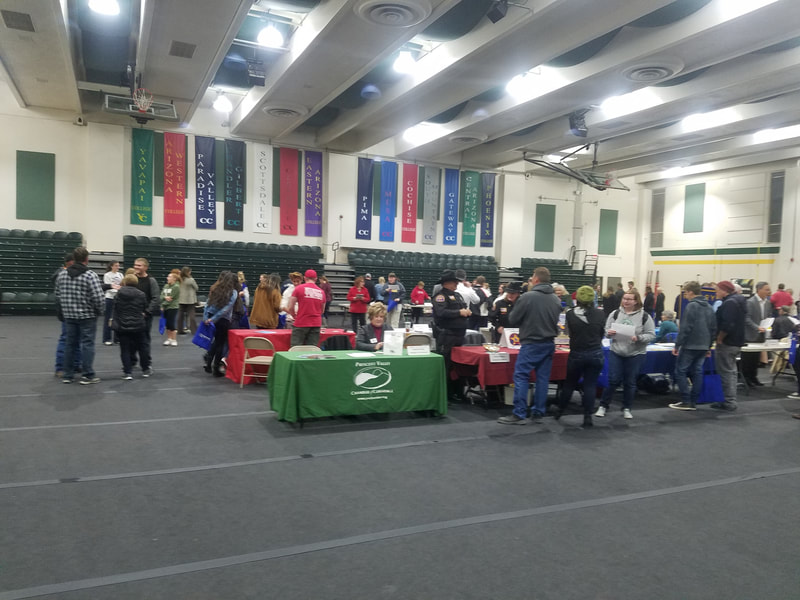
 RSS Feed
RSS Feed

